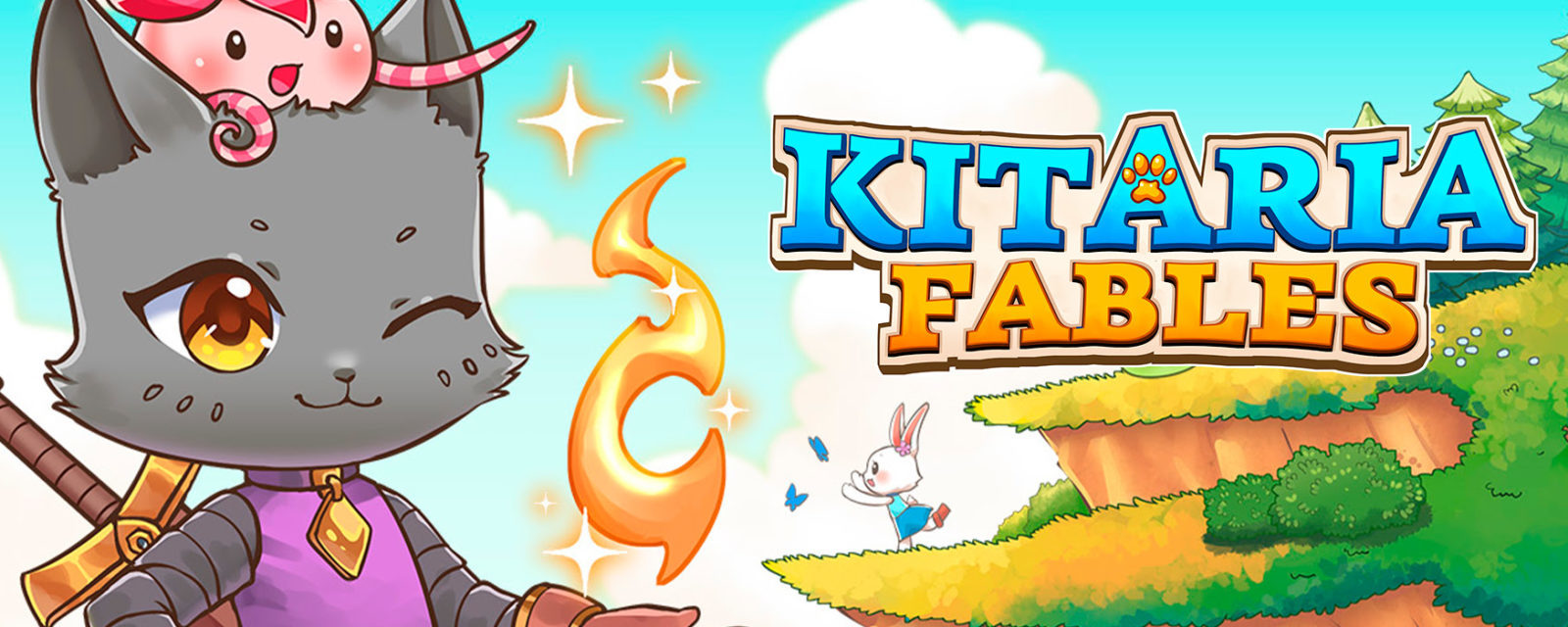
While players have the ability to register four items to their directional pad, the number of items needed to go through daily functions can often lead to repeatedly opening the inventory and rearranging items.


Kitaria Fables would also benefit from the introduction of a more user-friendly hot bar. This creates a slow, agonizing loop of fighting too-powerful monsters for the small chance of obtaining rare loot, while being killed before that happens is a far more likely outcome. However, due to a lack of a leveling system present in most RPG games, players cannot get stronger without obtaining the upgraded weapons and armor. Players also start without armor and must farm large quantities of money and items for this gear as well. The items needed are often rare drops and come from enemies too strong to take on efficiently with the base-level weapons and magic. Weapons are crafted at the Blacksmith’s shop and cost both items dropped from monsters and coins. Getting weapons and magic after the starter sword and spell is a grind that feels near-impossible. The area that causes the most frustration in Kitaria Fables is its combat system. Each dish costs a large number of farmed goods and restores a small to partial amount of health, making the effort of farming time-consuming for little reward. However, the farmhouse doesn’t possess a kitchen, so players must go into town and pay both money and crops to obtain dishes from the local vendor. The player’s farmable area can be tended to using a selection of upgradeable tools, and once the crops are grown, players can choose to sell them or use them in recipes. While players are incentivized to grow crops to cook meals that regen health, the mechanics for growing crops feel unfinished and buggy. Farming in Kitaria Fables is a slow and frustrating grind. Towns are just as dull, with the majority of interactive areas set up as outdoor vendors, and most buildings inaccessible. Instead, players may find a handful of crates to smash for the chance of currency or a chest requiring a key to unlock, but they won’t respawn after leaving the area and returning. Unlike other combat-style RPG simulation games like Rune Factory, there aren’t items to forage. While the wild areas are interesting to explore when first discovered, each map quickly becomes repetitive. Each biome contains a handful of locations that spawn an array of monster, with difficulty increasing as players go farther from Paw Village.

The overworld map in Kitaria Fables is made up of three main biomes, but is not open-world. Receiving requests from locals in Paw Village, players will need to travel to different areas to collect monster loot or visit nearby towns. Dark Butterfly WingsĮxploration and quests in Kitaria Fables are the driving force of the game’s narrative. Players do have the ability to change Nyanza’s appearance using the mirror in their home, but the options are limited unless DLC is purchased from the Nintendo Switch store. The farmhouse, farm map, and items located in the space are also fixed, with no upgrades or expansions possible outside of the addition of storage bins. Nyanza cannot be renamed upon the start of the adventure, and neither can ThunderBunn farm, the location players inherit when they arrive in Paw Village.

Customization is greatly limited in Kitaria Fables compared to other games in the farming and RPG genre. Magic has been outlawed by the Empire, putting Nynza at risk of treason.


 0 kommentar(er)
0 kommentar(er)
